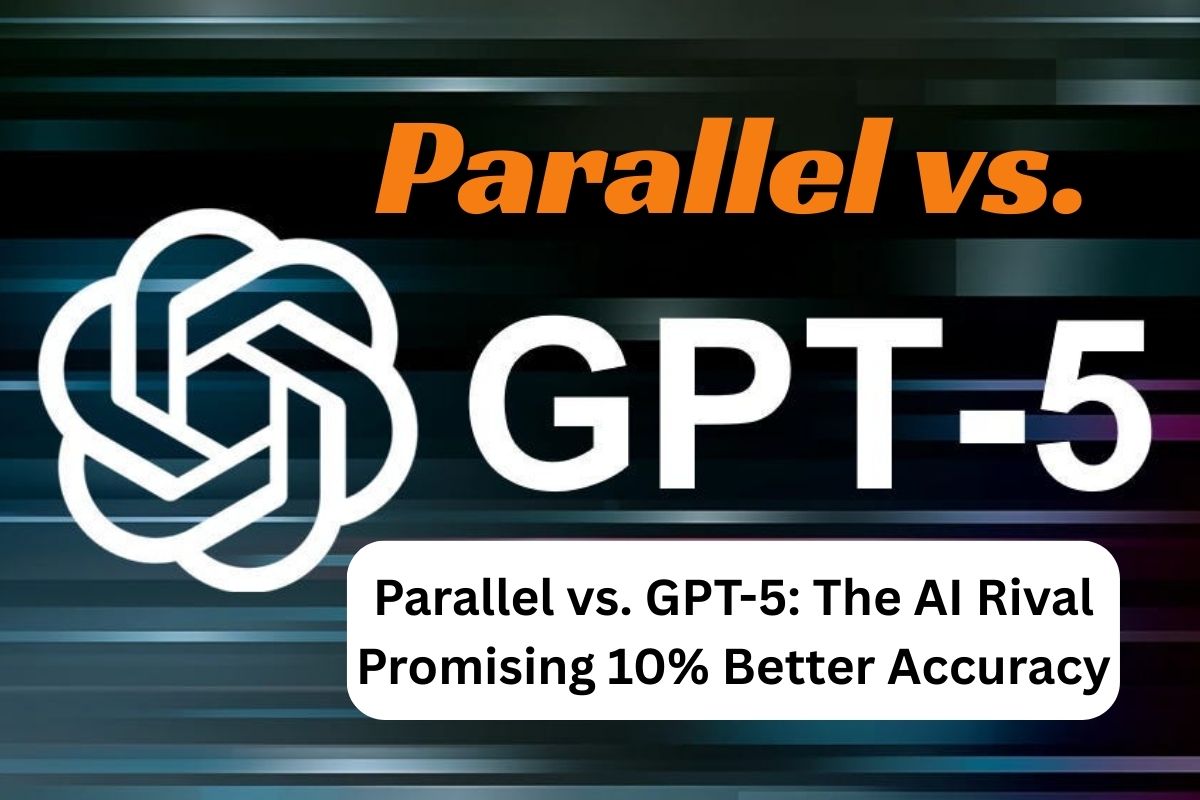Artificial intelligence is moving at lightning speed, and the competition is fiercer than ever. A new startup, Parallel, co-founded by former Twitter CEO Parag Agrawal, is challenging the dominance of OpenAI’s GPT-5.
What makes this showdown interesting is Parallel’s bold claim—it can deliver 10% better accuracy than GPT-5, which is already one of the most advanced AI models in the world. But what does this mean for businesses, developers, and everyday users who rely on AI for content creation, research, and decision-making?
The Rise of Parallel AI
Parallel is stepping into the spotlight at a time when companies and governments are looking for more efficient, transparent, and reliable AI tools. Unlike many competitors who focus only on raw power, Parallel emphasizes accuracy, context understanding, and reduced hallucinations. For users, this could mean fewer errors, more trustworthy outputs, and stronger support for enterprise-level applications.
GPT-5: The Current Benchmark
OpenAI’s GPT-5, the successor to GPT-4, is a state-of-the-art language model known for its natural language fluency, multimodal capabilities, and integration with applications like ChatGPT. It is designed to handle everything from writing and coding to reasoning and problem-solving. However, like its predecessors, GPT-5 is not immune to hallucinations (fabricated information) and contextual mistakes.
Parallel vs. GPT-5: A Feature-by-Feature Comparison
To understand the competition better, here’s a side-by-side comparison of Parallel and GPT-5:
| Feature | GPT-5 (OpenAI) | Parallel AI |
|---|---|---|
| Accuracy | High, but prone to minor errors | Claimed 10% better accuracy |
| Context Handling | Strong, but struggles with long-context retention | Improved context retention |
| Multimodal Capabilities | Text, image, and limited audio/video support | Focused mainly on text and structured data (for now) |
| Hallucination Control | Still present, though reduced | Designed to minimize hallucinations |
| Enterprise Use | Widely adopted with strong ecosystem | Targeting accuracy-first enterprise solutions |
| Accessibility | Available via ChatGPT and API | Early-stage rollout with select partners |
Why Accuracy Matters in AI
A 10% improvement in accuracy may not sound groundbreaking, but in AI, small margins mean big changes. For businesses in healthcare, finance, and law, even slight errors can have costly consequences. If Parallel truly offers better precision, it could quickly become the go-to model for industries where trust and reliability are non-negotiable.
The Future of AI Rivalries
The rise of Parallel highlights a growing trend: the AI race is no longer just about who has the biggest model—it’s about who delivers the most reliable results. With more companies entering the field, we can expect faster innovation, competitive pricing, and more specialized AI tools tailored to different industries.
FAQs
1. What is Parallel AI?
Parallel is a new AI startup founded by Parag Agrawal, aiming to compete with GPT-5 by offering more accurate and reliable AI outputs.
2. How does Parallel claim to outperform GPT-5?
Parallel states it has 10% better accuracy, focusing on reducing hallucinations and improving context understanding.
3. Is Parallel available to the public yet?
Currently, Parallel is in early-stage rollout, partnering with select enterprises before a wider release.
4. Why is GPT-5 still dominant?
GPT-5 benefits from mass adoption, multimodal abilities, and a strong ecosystem, making it the default choice for most users.
5. Who benefits the most from Parallel’s approach?
Industries like finance, healthcare, and law that require high accuracy and low error tolerance could benefit the most.
